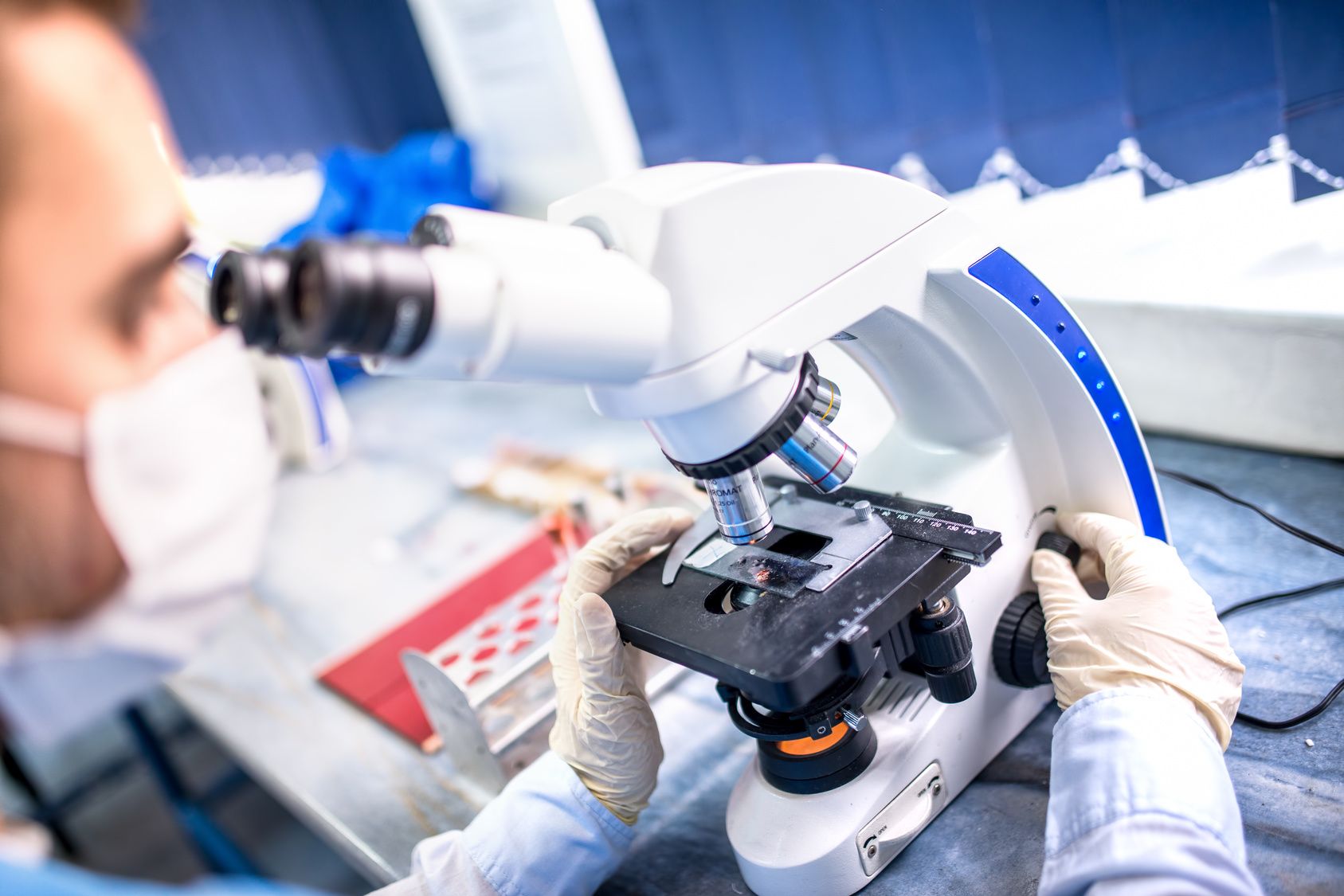
(Vienna, 08 January 2018) Post-operative liver dysfunction (failure) is the most serious complication after liver resection to remove liver tumours. Hitherto, the only tests available for pre-operative risk stratification were both time-consuming and expensive. A research group from MedUni Vienna has now demonstrated that elevated pre-operative levels of von Willebrand Factor Antigen (vWF-Ag) in the blood are closely associated with post-operative liver dysfunction and a poorer clinical outcome. This allows better pre-operative assessment of the risk of any possible complications. The results of this multinational, multicentre, collaborative trial were recently published in the specialist journal "Hepatology".
Over the past few years, the group led by Patrick Starlinger from MedUni Vienna's Department of Surgery has focused on the prediction of post-operative liver dysfunction and the clinical outcomes that can be expected after liver resection. The existing methods are either costly, time-consuming or are not readily available. Several years ago it was found that vWF-Ag was closely associated with portal hypertension in patients with cirrhosis of the liver. This observation gave rise to an initial prospective exploratory study (starting in 2012), which identified vWF-Ag as an independent marker for pre-operative prediction of post-operative liver dysfunction and of complications following liver resection. These results were further validated in a multicentre, multinational, collaborative trial in multiple centres in Austria and Switzerland.
"Indeed, following our exploratory study, it was extremely important to take the next step and determine the value of vWF-Ag in a routine clinical setting at multiple institutions," explains Patrick Starlinger. "Only in this way were we able to introduce vWF-Ag as an easily accessible and, most importantly, clinically applicable tool that permits reliable risk assessment of patients prior to liver resection, thereby avoiding any potentially lethal complications."
During the clinical trial, the team also explored the pathophysiological relevance of vWF during the early phase of liver regeneration. So far, the data available on the link between vWF and liver regeneration have been based on experimental models. The investigators were able to show that an immediate vWF-Ag burst seems to be critically relevant during the early period of liver regeneration, to permit adequate platelet adhesion within the regenerating liver. The group has already demonstrated the central role of platelets in human liver regeneration. Says Starlinger: "What we were ultimately surprised to observe was the fact that our observations corresponded almost exactly with existing experimental data, also documenting the relevance of an acute burst of vWF-Ag during early liver regeneration." Since pharmacological substances are already used in clinical practice to induce the release of vWF-Ag from its preformed storage pools, this observation also has interesting therapeutic potential.
A clinical trial is already underway in Switzerland to investigate the effect of such pharmacological substances in the peri-operative setting of liver resection upon post-operative liver regeneration. Says Starlinger: "If this study were to show a benefit in terms of clinical outcome, this would constitute the first and only effective therapeutic option we have to promote post-operative liver regeneration in patients undergoing extensive liver resection."
Service: Hepatology
Perioperative Von Willebrand Factor Dynamics are Associated with Liver Regeneration and Predict Outcome after Liver Resection - Patrick Starlinger, David Pereyra, Stefanie Haegele, Paul Braeuer, Lukas Oehlberger, Florian Primavesi, Andreas Kohler, Florian Offensperger, Thomas Reiberger, Arnulf Ferlitsch, Barbara Messner, Guido Beldi, Stefan Staettner, Christine Brostjan, Thomas Gruenberger, DOI: 10.1002/hep.29651
http://onlinelibrary.wiley.com/doi/10.1002/hep.29651/abstract